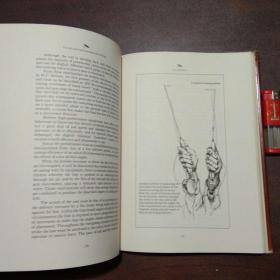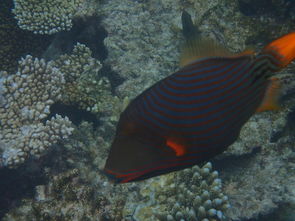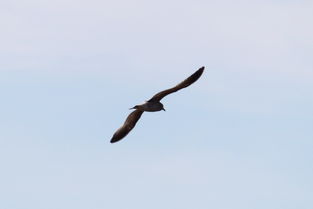Content:
Are you an aspiring angler looking to perfect your fly fishing skills? Do you find yourself struggling to cast accurately or attract the attention of fish? Look no further! In this article, we will delve into the intricacies of fly fishing and provide you with a step-by-step guide, complete with valuable how-to videos, to help you become a proficient fly fisherman. Whether you are a beginner or an experienced angler looking to refine your technique, this guide will equip you with the knowledge and tools to conquer the water.
Understanding the Basics of Fly Fishing
Before we dive into the nitty-gritty of fly fishing, it's essential to understand the basics. Fly fishing is a method of fishing that uses an artificial fly, which is designed to mimic the movement and appearance of natural insects. The angler casts the fly line, which is longer than traditional fishing lines, and then retrieves it in a way that mimics the natural movement of the fly.
Choosing the Right Equipment
The first step in mastering fly fishing is to ensure you have the right equipment. Here's a breakdown of the essential gear you'll need:
Fly Rod: The rod is the backbone of your fly fishing setup. It should be matched to the type of fishing you plan to do and the size of the flies you'll be using.
Fly Reel: A fly reel is used to store the fly line and manage the tension during casting. It should be lightweight and durable.
Fly Line: The fly line is the longest part of your setup and is responsible for casting the fly. There are various types of fly lines, including floating, sinking, and intermediate lines, each designed for different fishing scenarios.
Leader and Tippet: The leader is a section of monofilament line that connects the fly line to the fly. The tippet is the smallest diameter line that attaches to the leader and holds the fly. It's important to match the tippet size to the fly you're using.
Flies: The variety of flies you'll need depends on the species of fish you're targeting and the time of year. It's a good idea to have a selection of patterns that mimic the local insect life.
How to Set Up Your Fly Fishing Rod
Once you have your equipment, it's time to set up your fly fishing rod. Here's a quick guide:
- Attach the fly line to the reel using a loop-to-loop connection or a nail knot.
- Attach the leader to the fly line using a blood knot or a surgeon's knot.
- Tie the tippet to the end of the leader with a surgeon's knot or a clinch knot.
- Attach the fly to the tippet using a improved clinch knot or a palomar knot.
The Art of Casting
Casting is a fundamental skill in fly fishing. Here's a basic casting technique to get you started:
- Backcast: Hold the rod with a relaxed grip and take a backcast. The rod should be bent at the elbow, and the line should be pulled back with your wrist and arm.
- Forward Cast: As you bring the rod forward, release the line with your wrist, allowing the fly to land in the water.
- Presentation: After the fly lands, gently mend the line to create a natural drift that mimics the movement of the fly.
Advanced Casting Techniques
Once you've mastered the basic casting technique, you can move on to more advanced methods:
- Roll Cast: This is a great technique for casting in tight spaces or when you need to cover a lot of water.
- Spey Cast: The spey cast is a powerful cast that can cover long distances and is ideal for casting across currents.
- Tuck Cast: This cast is used to cast a very short distance and is perfect for fishing in dense vegetation.
How-to Videos
To help you visualize and understand these techniques, we've compiled a list of how-to videos from experienced fly fishing instructors:
- Basic Casting Technique: [Link to Video]
- Roll Cast: [Link to Video]
- Spey Cast: [Link to Video]
- Tuck Cast: [Link to Video]
Tips for Successful Fly Fishing
Now that you have the knowledge and skills to cast like a pro, here are some tips to help you catch more fish:
Study the Water: Before you start fishing, take the time to study the water. Look for areas where fish are likely to be and identify any obstacles that could affect your casting.
Match the Hatch: Understand the insects that are hatching in your area and choose flies that mimic them.
Be Patient: Fly fishing requires patience. Fish may take a while to notice your fly, so be prepared to wait.

Practice: The more you practice, the better you'll become. Take advantage of every opportunity to cast and retrieve your fly.
Safety First: Always prioritize safety, especially when wading in deep or swift water.
In conclusion, mastering the art of fly fishing is a journey that requires patience, practice, and a willingness to learn. By following this guide and utilizing the provided how-to videos, you'll be well on your way to becoming a proficient fly fisherman. Happy fishing!












